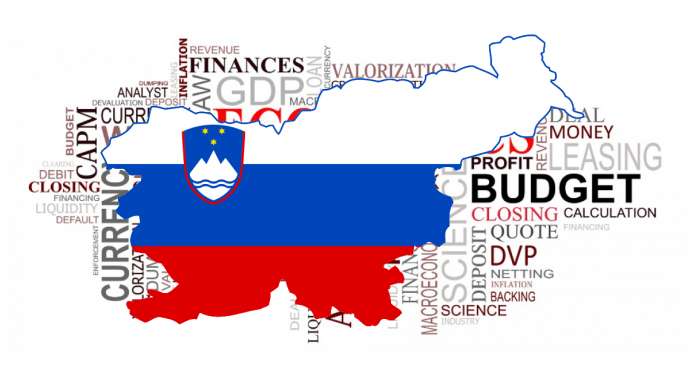STA, 28 February 2019 - Slovenia's gross domestic product (GDP) was up by 4.5% in real terms last year, preliminary data by the Statistics Office show. The economy expanded by 4.1% year-on-year in the last quarter of 2018.
Compared to the previous quarter, the economy grew by a seasonally adjusted 0.8% in the final quarter. In year-on-year comparison, it expanded by 3.6%.
In the whole of 2018, the seasonally adjusted GDP growth was at 4.6%.
In year-on-year comparison, the seasonally adjusted GDP growth was the highest in the first and third quarters, reaching 5.2% and 5.1%, respectively. In real terms, the economy expanded by 4.8% and 5.0%, respectively.
In the second and fourth quarters, growth reached 4.6% and 3.6%, respectively, according to the seasonally adjusted data, while in real terms it was at 4.1% for both quarters.
Last year's GDP growth figure is in line with the expectations of domestic and international institutions or slightly higher. It is, however, somewhat lower than in 2017, when the economy expanded at a 4.9% rate.
In its autumn forecast, the government forecaster IMAD put last year's GDP growth at 4.4%. The European Commission put it at 4.3% last November, while Banka Slovenije, the central bank, said in mid-December 2018 it should reach 4.2%.
The preliminary estimate puts GDP at current prices for 2018 at EUR 45.948bn, which is up 6.9% from 2017.
The final GDP figures for 2018 are due at the end of August.
Romana Korenič of the Statistics Office stressed at today's press conference that exports still played an important role in the GDP growth but that the role of domestic spending was becoming increasingly important.
In 2018, domestic spending was up by 4.6%, which the highest growth since 2007.
External demand continued to reflect positively on the economic growth although exports grew at a more moderate pace than in 2017. It rose by 7.2% last year, while it up by 10.7% in 2017. Imports, meanwhile, grew by 7.7%, which is 2.6 percentage points less than in 2017.
The external balance of goods and services contributed 0.3 percentage points to the GDP growth last year, which is much less than in 2017, when it added 1.3 percentage points.
Gross investment was up by 12.6%, which is 0.6 percentage points less than in 2017. Gross investment in fixed assets rose by 10.6%, which is level with 2017 (+10.7%).
The pace of growth of investment in fixed assets in construction became more moderate, Korenič, said. It was extremely high in the third quarter, rising by more than 20% year-on-year, but in the final quarter, the growth was only about 12%, which, however, is still pretty high, she noted.
The growth of company investment in machines and transport equipment also slowed down somewhat, while investment in buildings grew by 6%, which is the highest growth since the second half of 2016.
Final consumption increased by 2.3% (by 1.5% in 2017). Household consumption grew by 2.2% and government spending by 2.6%. In comparison, in 2017 government spending was up by a mere 0.5%.
The number of people in employment increased by 3% year-on-year to 1,017,000, which is the highest figure on record, meaning since 1995.
Asked about the outlook for GDP growth this year, Korenič said such forecasts were difficult to make. It is difficult to assess when the cooling down on the global level will reach Slovenia, she said.
Slovenian and international institutions expect GDP to grow at a rate of 3.3-3.7% this year.
More detailed data can be found here, while our stories on Slovenia’s economy are here







